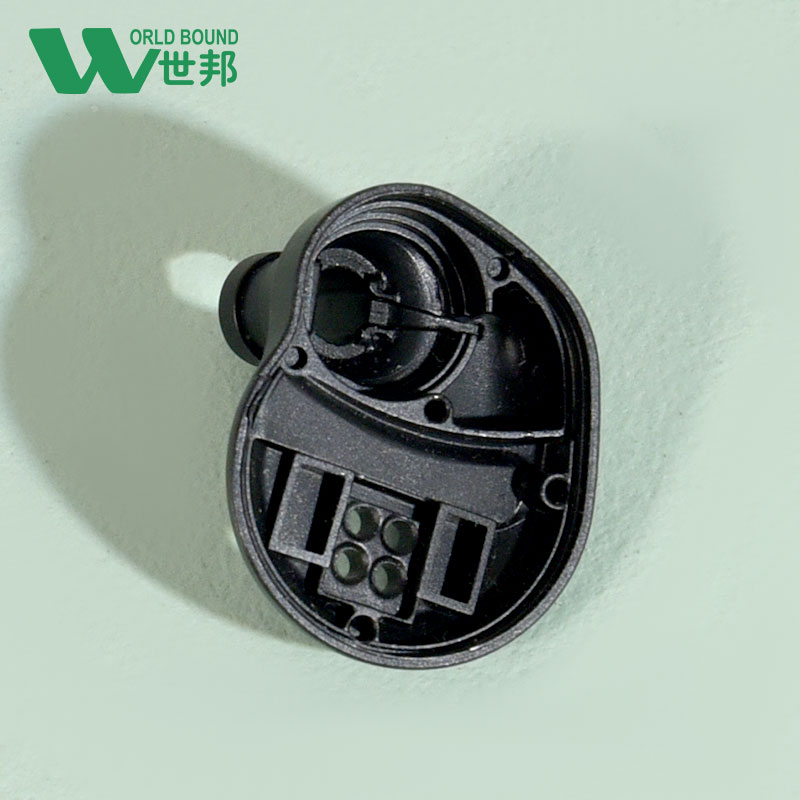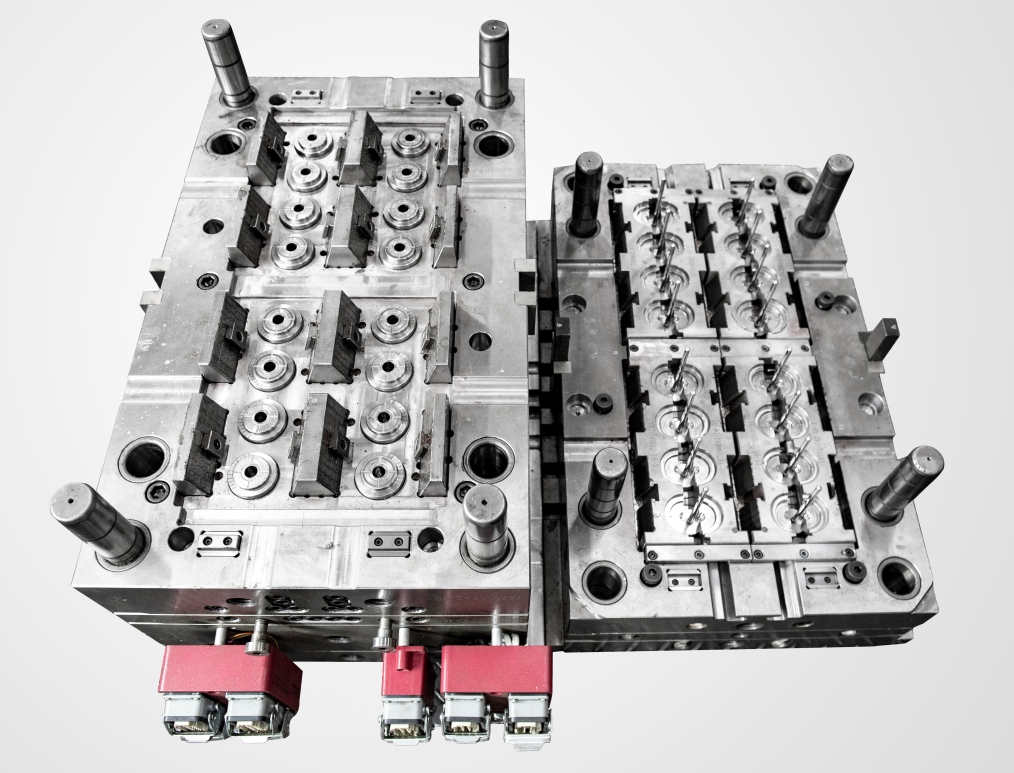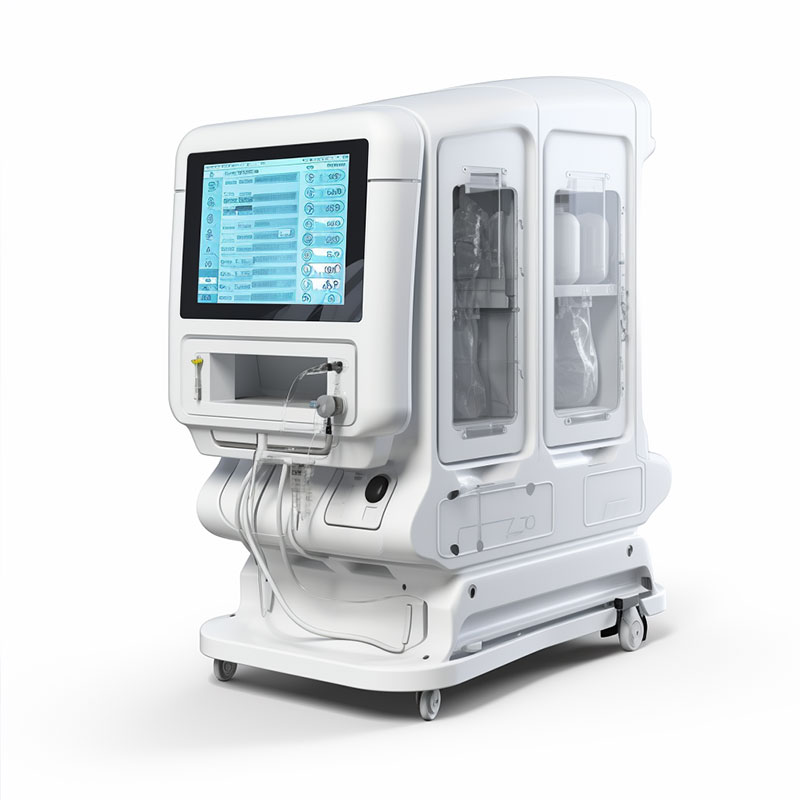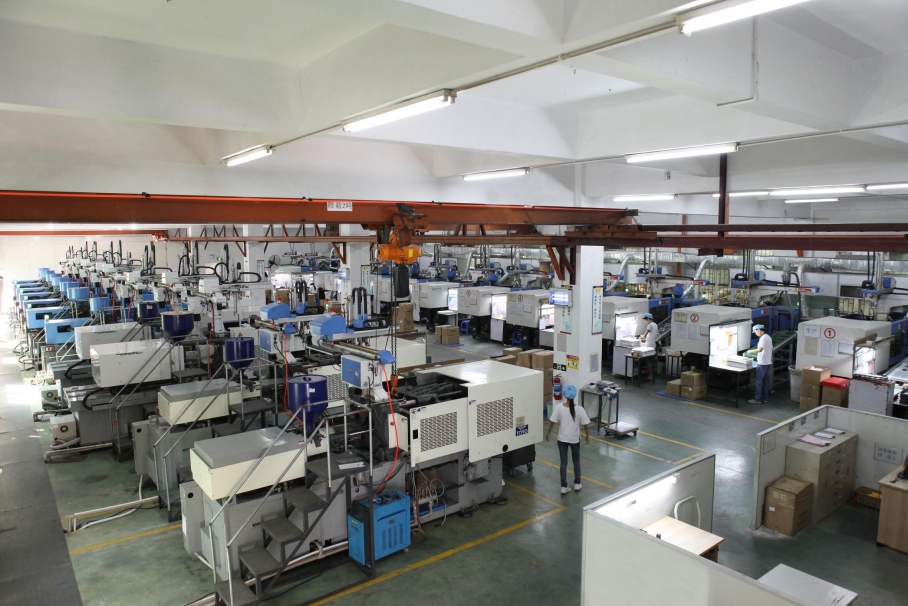In the surging tide of the vigorous development of modern industry, the manufacturing of precision injection-molded plastic components plays a pivotal role and is widely applied in numerous fields such as electronics and automobiles. However, the two crucial elements, namely production efficiency and quality control, constantly impact the manufacturing effectiveness. The following will conduct an in-depth exploration of the influencing factors and analyze the corresponding countermeasures.
Poor Fluidity of Raw Materials: In some cases, for example, the injection pressure may need to be increased by 30% - 50%. This will significantly prolong the injection molding cycle, such as extending it from the original average of 30 seconds to 40 - 50 seconds.
Poor Stability of Raw Materials: If it is not well adapted to the process parameters, the probability of occurrences like decomposition and discoloration will increase by 20% - 30%. This will lead to the need for re-injection molding, seriously wasting time and resources and slowing down the production progress.
Establish a strict inspection system to test the key indicators of the raw materials entering the factory.
Cooperate with reliable suppliers on a long-term basis to ensure a stable supply and reduce the risk of production efficiency reduction caused by raw material problems.

Unreasonable Parting Surface: It will cause difficulties in demolding. On average, an additional 2 - 3 minutes are required for each demolding, which significantly prolongs the injection interval. Originally, 30 injection molding cycles could be completed per hour, but under this influence, it will be reduced to about 20 times per hour.
Poor Cooling System: The probability of defects such as deformation and warping of the components can be as high as 40% - 50%. To avoid these defects, the cooling time often needs to be extended by 30% - 50%, thereby lengthening the entire injection molding cycle.
Insufficient Manufacturing Precision of the Mold or Wear and Tear: This will lead to molding defects of the components, requiring re-injection molding and hindering the improvement of production efficiency.
In the design stage, utilize advanced software technologies to optimize the design, such as using CAD and CAE to assist in selecting the parting surface and designing the cooling system.
During manufacturing, strictly control the precision and adopt high-precision processing technologies.
During use, conduct regular maintenance, including cleaning, lubricating, inspecting for wear and tear, and promptly repairing or replacing parts to ensure the mold is in good condition.

Insufficient Injection Volume of the Injection Molding Machine: For example, if the actual injection volume is 20% - 30% less than the required injection volume, it will be impossible to inject enough plastic into the mold cavity at one time, and multiple injections may be required. This will increase the injection molding cycle from the original average of 60 seconds to 90 - 120 seconds.
Insufficient Injection Pressure or Clamping Force of the Injection Molding Machine: The probability of incomplete component molding is about 15% - 20%, and re-injection molding is also required.
Improper Setting of Process Parameters: If the injection temperature is too low, the probability of incomplete component molding can reach 30% - 40%. If the injection temperature is too high, it will not only affect the component quality but also require re-preparing raw materials for injection molding. Improper settings of injection speed, holding pressure, and cooling time will also lead to component defects, requiring re-injection molding and wasting time and resources.
Select a suitable injection molding machine according to the requirements of the components and conduct regular maintenance and repair.
Through a large number of experiments and the accumulation of experience, optimize the setting of process parameters to find the best combination that ensures quality and shortens the injection molding cycle, thereby improving production efficiency.

Low Purity of Raw Materials with Impurities: When the impurity content exceeds 0.1%, the probability of defects such as bubbles and scratches on the component surface can be as high as 30% - 40%.
Poor Physical Properties: It is prone to cause damage to the components during subsequent use. Poor chemical properties may shorten the service life of the components by 30% - 50% in specific chemical environments.
Establish a comprehensive inspection process to thoroughly test the physical, chemical, and mechanical properties of each batch of raw materials.
Resolutely refrain from using unqualified raw materials to ensure quality from the source.

Crucial Impact of Mold Precision and Condition on Component Quality: Taking the injection molding of a mobile phone shell as an example, if the dimensional precision deviation of the mold exceeds ±0.03mm, the dimensions of the injection-molded components will correspondingly deviate, failing to meet the precise requirements of the product design and further affecting subsequent assembly and other links.
When the mold experiences wear and tear, deformation, and other situations during use, the probability of component quality problems can be as high as 40% - 60%, such as rough surfaces and warping of the components.
After manufacturing, strictly test the precision of the mold. Only those that meet the requirements can be put into use
During use, conduct regular maintenance, including cleaning, lubricating, inspecting for wear and tear, and promptly repairing or replacing parts to ensure the mold is in good condition and guarantee the quality of the components.

Criticality of Process Parameter Setting: If the injection temperature is too high, it will cause the plastic to decompose and deteriorate, affecting the internal quality of the components. Excessive injection pressure will lead to problems such as flash and deformation. Improper settings of holding pressure and cooling time will affect the dimensional precision, appearance, and performance of the components.
During injection molding, monitor the changes of process parameters in real-time. Once any deviation from the set values is detected, promptly adjust them to ensure that the process parameters are always in the optimal state.
Through a large number of experiments and the accumulation of experience, determine the appropriate range of process parameters to ensure the quality of the components.
In conclusion, in the manufacturing of precision injection-molded plastic components, production efficiency and quality control are affected by multiple factors. Problems in aspects such as raw materials, molds, and process parameters need to be emphasized and corresponding countermeasures
Copyright © 2023 :Worldbound Plasitc Products Co.Ltd